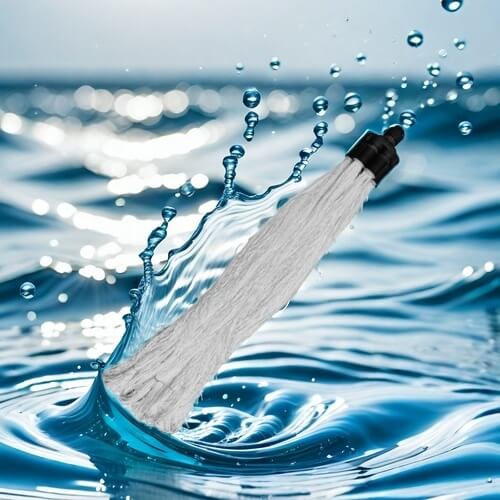What is the first stage of wastewater treatment?
The first stage of wastewater treatment is usually called primary treatment. The main purpose of this stage is to remove visible solid pollutants and suspended solids in sewage, mainly through physical methods.
Main features of primary treatment:
Physical removal: Primary treatment mainly relies on mechanical operations such as filtration and sedimentation to remove solid waste, oil, sand and other precipitable substances in sewage. This process does not involve chemical or biological reactions, so it is called physical treatment

Use of sedimentation tank: At this stage, sewage usually passes through the primary sedimentation tank, where the heavier solid matter settles to the bottom to form sludge, while the upper clear liquid continues to flow to the subsequent treatment stage
Removal rate: After primary treatment, the biochemical oxygen demand (BOD) in sewage can generally be removed by about 30%, but it usually still does not meet the discharge standard, so further secondary treatment is required to remove more organic pollutants
Primary treatment is the basis of the entire wastewater treatment process, laying the foundation for subsequent more complex biological and chemical treatments.
